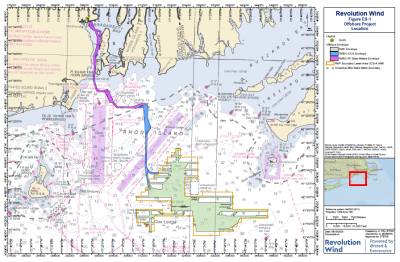With the commercial ports of western Lake Superior and the St. Marys River encased in ice on Monday, the U.S. Coast Guard Sector Sault Sainte Marie commenced icebreaking operations — dubbed Operation Taconite — for the western Great Lakes.

The Coast Guard Cutter Alder breaks a path through the ice in the Keweenaw Waterway near Houghton, Mich., Dec. 16, 2016. USCG photo.
Operation Taconite is the Coast Guard’s largest domestic ice-breaking operation, encompassing Lake Superior, the St. Marys River, the Straits of Mackinac and Lake Michigan.
On Monday, the Coast Guard turned its attention to western Lake Superior, sending the Duluth, Minn.-based cutter Alder into action, while the Biscayne Bay, homeported in St. Ignace, Mich., was dispatched to break ice in the St. Marys River. Additional vessels are expected to join the operation in the coming weeks as ice continues to form on the Great Lakes.
While there are currently no channel closures, the Coast Guard said shippers should expect closures and other restrictions in the future. These measures include restricting tanker transits to daylight only in the presence of ice, reducing speeds by two miles per hour in various locations, and requiring additional voice and position reporting points throughout the area.

The crew of the Coast Guard Cutter Alder clears ice from the deck of the cutter as the ship transits through Lake Superior Dec. 14, 2016. USCG photo.





